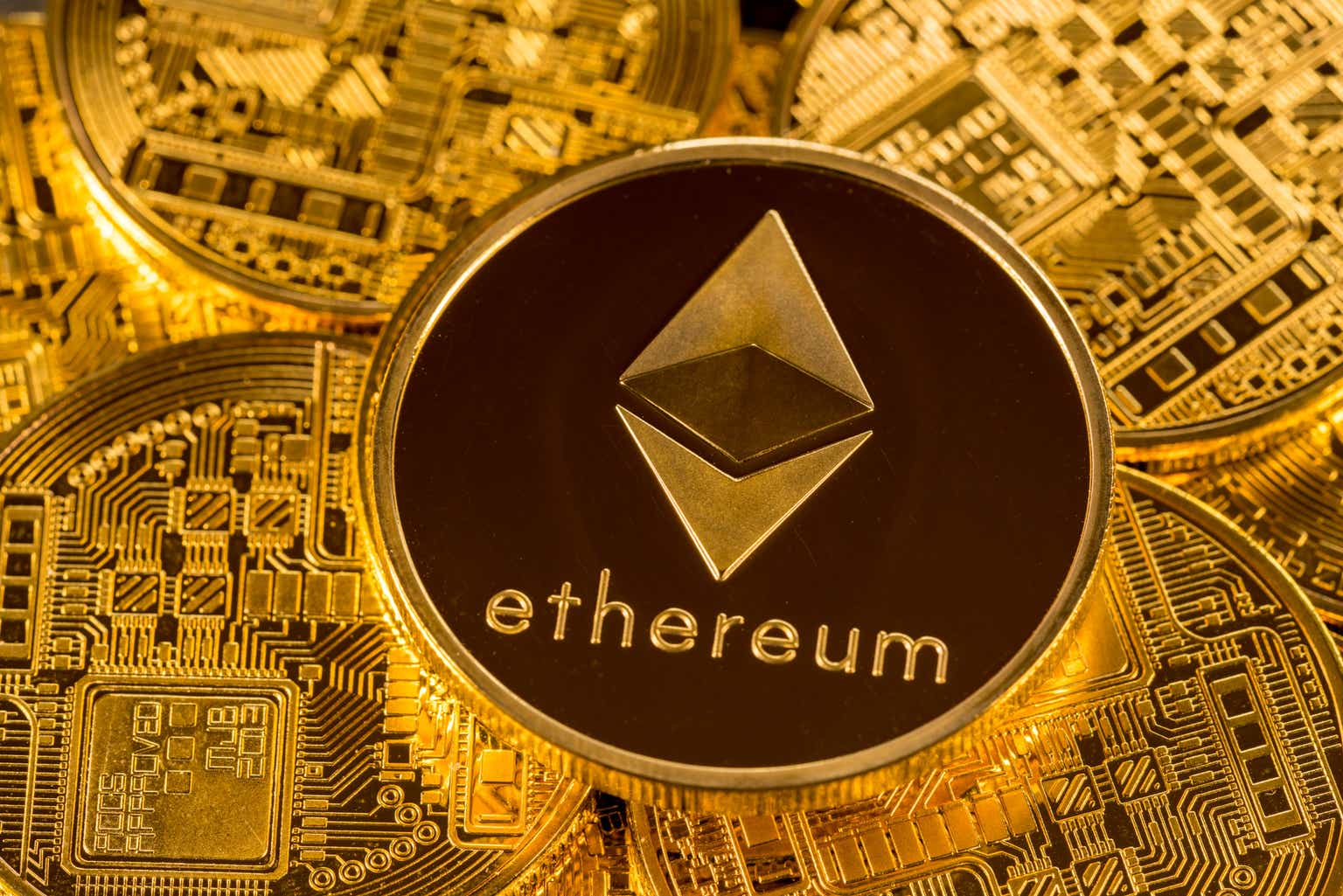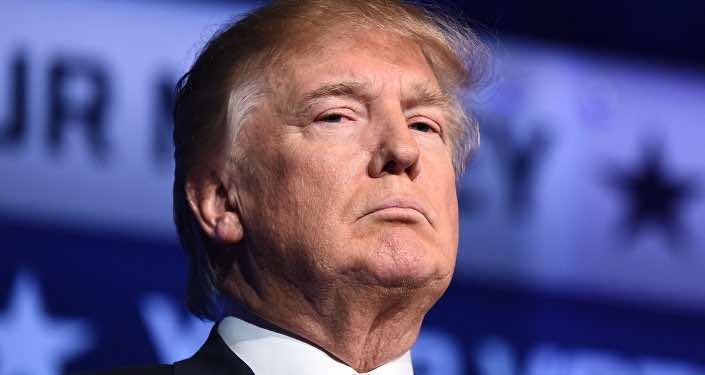Digital Dollars on the Move: Are Stablecoins the Remittance Revolution We've Been Waiting For?

Stablecoins: Bridging the Gap Between Digital and Traditional Currency
While stablecoins offer an innovative financial solution, their true potential remains constrained by a critical challenge: seamless convertibility into everyday currency. Despite their promising value proposition, users continue to face significant barriers when attempting to transform these digital assets into practical, spendable funds.
The core issue lies not in the technological sophistication of stablecoins, but in the complex infrastructure required to transform digital holdings into tangible financial resources. Financial institutions and payment networks are still adapting to this emerging technology, creating friction in the conversion process.
For stablecoins to realize their full potential, they must overcome this fundamental hurdle of accessibility. The future of digital currency depends on creating smooth, instantaneous pathways that allow users to effortlessly transition between digital and traditional monetary systems.
As the financial technology landscape evolves, solving this conversion challenge will be paramount in establishing stablecoins as a truly transformative financial instrument.







